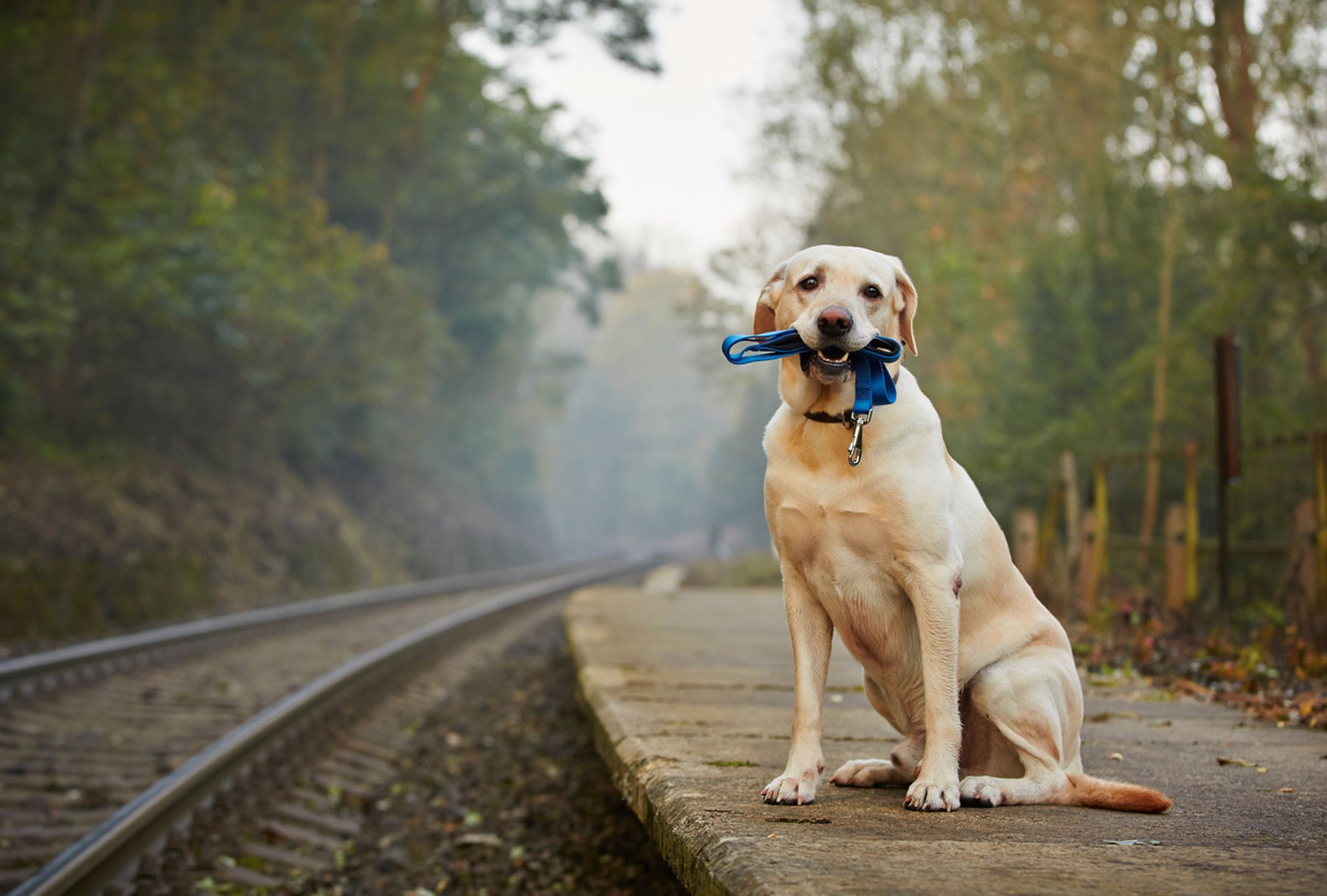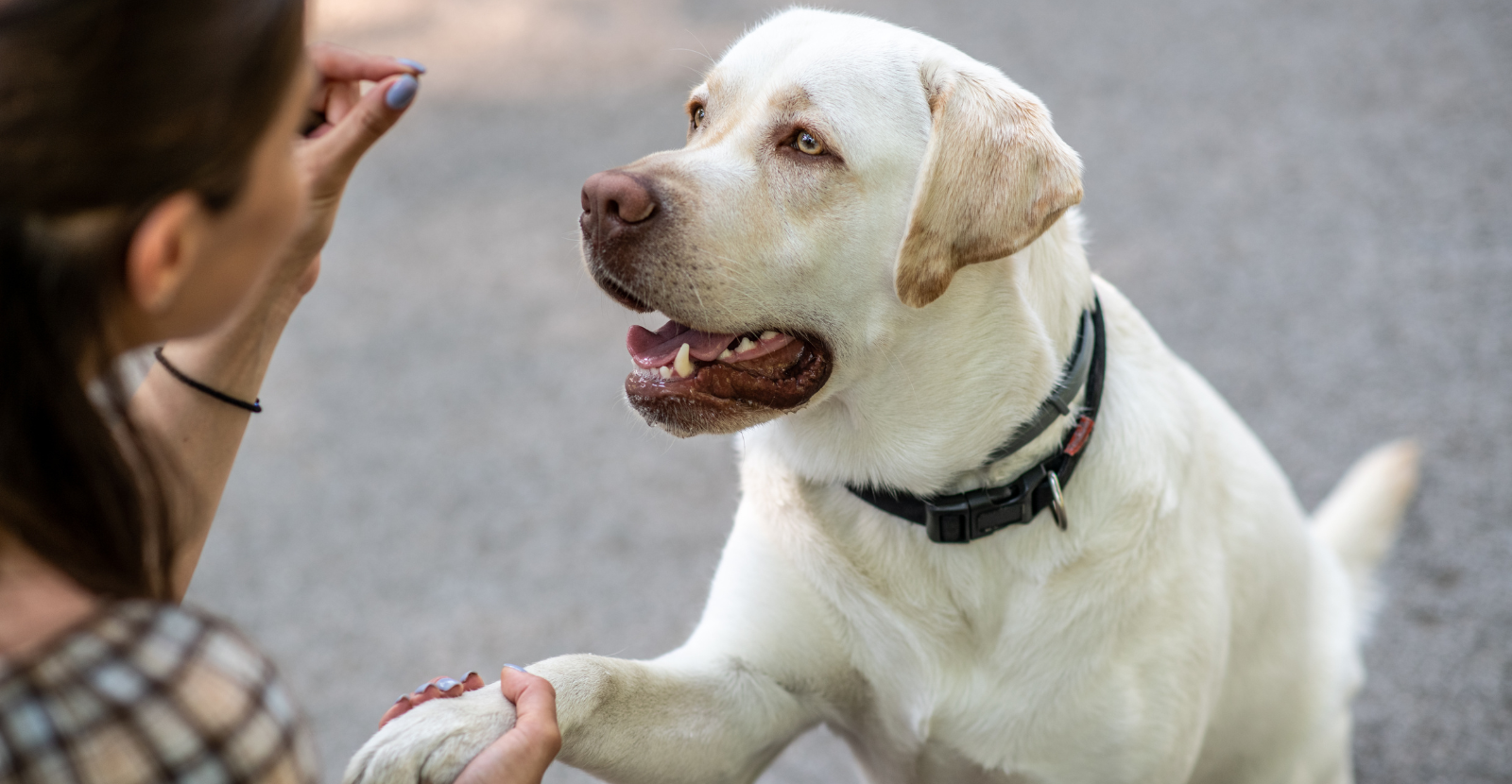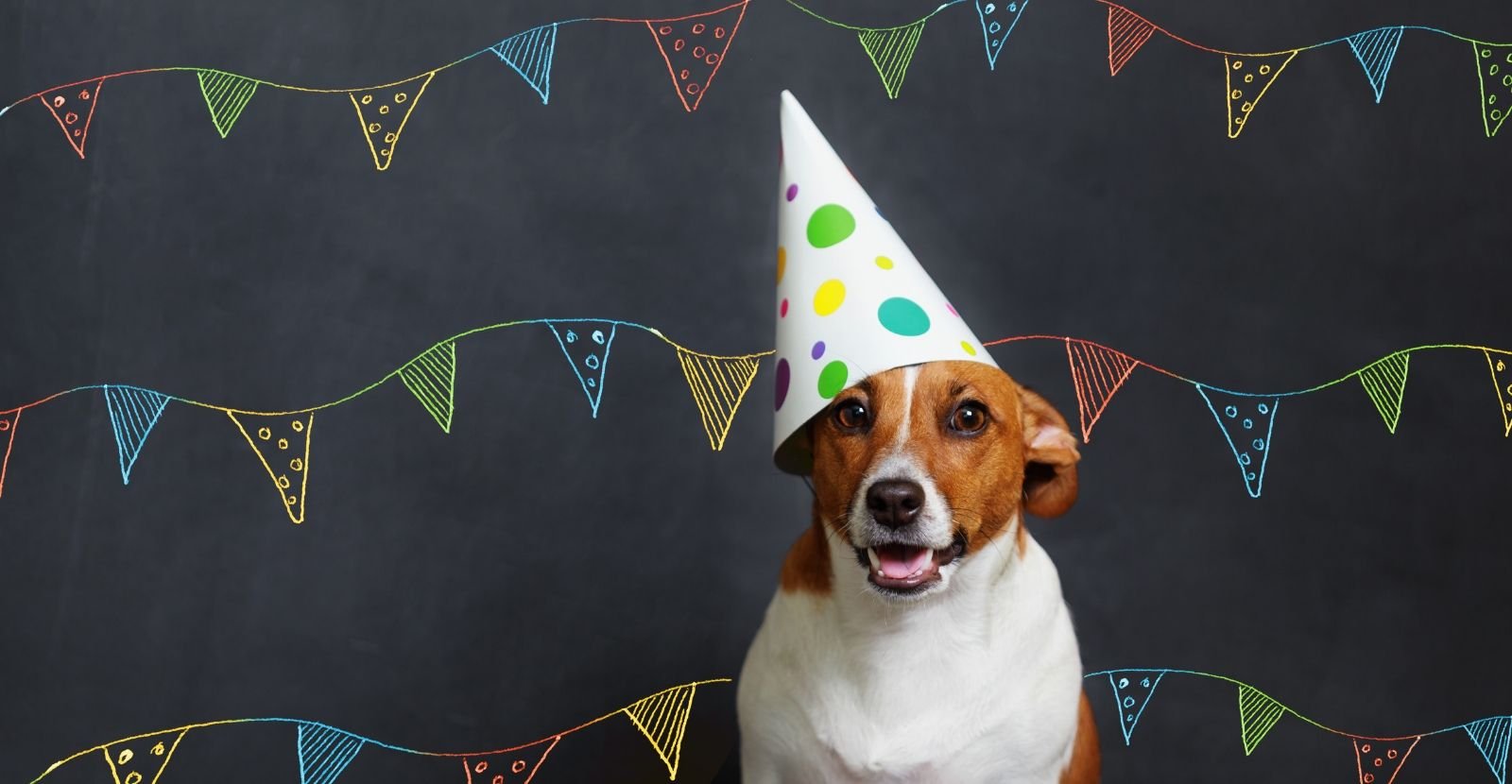
Australian pet parents are not unlike other pet parents around the world: a lost dog is our worst nightmare. In Australia last year, more than 130,000 lost, stray and unwanted animals were received at RSPCA shelters.
In the United States, every two seconds a pet parent realizes their beloved dog or cat is missing. Statistics state more than 10 million companion animals go astray each year, with only 1 in 10 ever reuniting with the ones they love. This is another reason animal shelters are so busy.
So how do you prevent this from happening to your pets? Here are some tips to help ensure your pet doesn't get lost, or if they do, they come back home safe.
1. A pet ID for your dog
One of the most important steps you can take is to make sure your pet has a collar tagged with proper identification. Identification tags are always available at the nearest pet store or online. Be sure it contains the important information: Your name and at least one phone number where you can be reached. Some believe including a phone number, instead of an address, will increase your chances of being reunited with your lost dog.
2. Microchip your pet
According to the AVMA, a microchip is a small electronic chip enclosed in a glass cylinder that is about the size of a grain of rice. It does not need a battery. It is activated by a scanner passed over the area which omits radio waves. The chip transmits the identification numbers of the pet, which is connected to your information. This will be helpful to reunite you and your pet if they get picked up by Animal Control or end up in a shelter. Be sure to update your information with the chip company if you move or change phone numbers.
3. Use a proper collar and leash for your pet
Depending on how strong your dog is, use a proper collar and leash. Some collars feature a simple plastic buckle that clicks together. For my beagle, this was easy to break through should a squirrel catch her eye. Now, I only purchase collars with latch buckles, rather than the plastic snap closures which could open on their own with adequate pressure. Regarding leashes, how often have you seen the retractable leashes break with the owner left holding the handle and no dog? Check all collars and leashes for weak spots! If your cat is leash trained – be sure that the harness fits snugly and properly!
4. Avoid a “perfect storm” by keeping your pet top of mind
This seems easy to do for most pet parents because they love their pets. But life gets in the way and generally happens when you least expect it. Most likely they may escape because someone who doesn’t know you or your pet stopped by. A friend lingers to chat awhile longer with the front door open, or the cable guy left the back gate open when investigating a problem in the backyard. Simply remind those visiting that you have a pet and to please keep doors and gates closed. However, don’t trust that they did close the door or the gate, be sure to check for yourself.
5. Proper training of your dog can help in the long run
If your dog does escape, realize you can’t run after it to catch it. They have four legs; we have two. No matter how fast you can run, the dog will always win. In training, we learned to use a word to signal something positive for your dog. Most people know words for basic dog training: sit, stay and leave it. My dog trainer told me to add a word when rewarding my dog. So if she did something good, I’d say “Treat!” and give her a yummy doggie goodie and pet her for positive reinforcement. The theory was, if my escape artist beagle bolted out of a front door when opportunity arose, I’d grab the treats by the front door and yell after her “TREAT! TREAT!” I will say that this did not work for us. Having a beagle, the squirrel often won out over the treat. But for my neighbor’s dog, a Vizsla, it has always worked. Work with your dog, and a trainer if needed – to find what works for them to ensure a quick and hopefully immediate response for the dog.













